Women Driving the Passive House Industry is iPHA’s newest interview series which aims to highlight the remarkable women working in the Passive House community. The iPHA team interviewed a handful of the many women who’ve contributed substantially to the growth of the Passive House Standard around the world. Here’s our fourth interview featuring Bronwyn Barry.
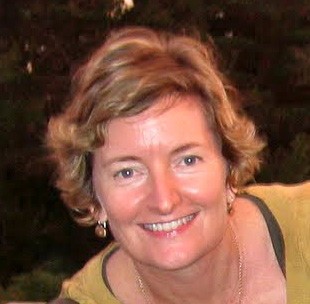
Bronwyn Barry is a registered architect based in San Francisco, CA. She was educated in South Africa, the UK and the USA and holds a Bachelor of Arts from the University of KwaZulu-Natal. She completed post-graduate studies in Architecture at UC Berkeley before apprenticing at various architecture firms throughout the San Francisco Bay Area. She’s a Certified Passive House Designer and a founding member of both Passive House California (PHCA) and the North American Passive House Network (NAPHN). Bronwyn currently serves as President of the North American Passive House. Ms. Barry’s advocacy work extends internationally; She has contributed to the UNECE’s Coalition on Buildings development of a global standard for high-performance buildings.
Bronwyn, you have a very interesting and inspiring story. It’s probably best to start from the beginning. How did you first become interested in architecture?
As a young child, I was fascinated by construction sites. I would sneak off to visit sites around the neighbourhood, dragging my bookish older brother along for cover. I became the first girl in my high school to take technical drawing in lieu of home economics – which is how girls were tracked in the late ‘80’s. I didn’t study architecture at university until after I had graduated because I was persuaded that it wasn’t a good profession for women. I finally realised that was dumb advice, and I really wanted to become an architect, after I graduated. I was working at a technical publishing company in London, which shared a building with an architectural publisher. I realised I wasn’t creatively stimulated by publishing work, and wanted to be a primary contributor, not a secondary editor. From that revelation, I then went and worked as a temp in a London architectural practice, to see if the daily work of the profession would keep me engaged. My plan was to return to South Africa to re-enter university for a second degree. As this was all unfolding, I was invited by my former Rotary Exchange host family in California to live with them again, and study architecture in California. I arrived in California on August 10, 1990, with a backpack and one thousand dollars – on loan from my Dad. Between then and now I’ve overcome many big and small struggles that could probably fill a small novella, but this is how I came to be an architect in California.
How did you first get into the Passive House Community? Was it through a job? A specific project? What was your first impression?
I helped found a small group called the ‘Green Remodelers Guild’ in the East Bay region here in Northern California. We would host monthly presentations covering various aspects of what was evolving as ‘green construction.’ Nabih Tahan, an Egyptian architect who was educated at UC Berkeley, and lived and worked in Austria, had returned to California with his Austrian wife to renovate their bungalow in Berkeley using the Passive House Standard. Nabih presented his project to our group in early February of 2007, at the Green Remodelers Guild. I was immediately smitten. I called him the next day to ask where I could learn more, and he told me about the International Passive House conference in Nuremberg, that April. The alternative was a 3-session training over the course of 6 months in Urbana, Illinois, which sounded complicated… so I called my mother in London, then booked a flight to Nuremberg for the conference the next day. We had a fantastic time there and I haven’t looked back since. (Always better to go right to the source, right?)
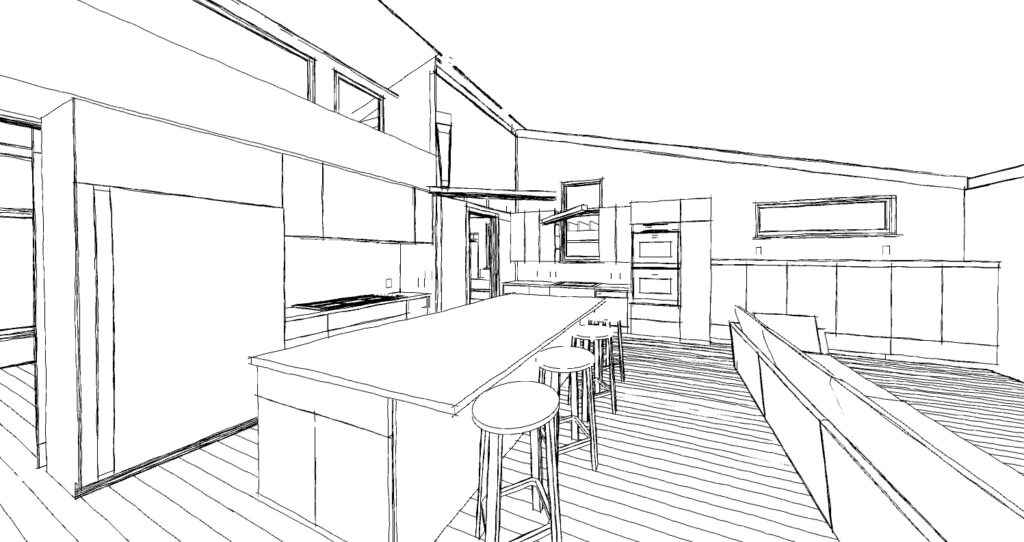
After working as an architect in the San Francisco Bay Area, you then went on to become a founding member of Passive House California. What was that like?
That was a very interesting time. In 2007 to 2008, California – like the rest of the world – was plunging into a massive recession. The construction industry was hit hardest and architects and designers like myself had a 70% unemployment rate. Starting PHCA kept us busy and focused. We started replicating the meeting models we’d used at the Remodeler’s Guild, organising monthly gatherings to share presentations. We also hosted many job site visits to projects that were testing out this new construction methodology, and we worked really hard to get more training in our region. It was hard work. All our efforts were volunteer-run with meagre funding raised from small membership dues. We weren’t very sophisticated organisers, so didn’t know how to access larger funding supports. We fumbled through all the administrative and legal tasks required to establish a non-profit. Policymakers and city building officials were also highly sceptical of this new approach to buildings. They all said to us “we don’t need that in our climate!” So, we focused on building projects as proof of concept. We are still – for the most part – trying to convince them!
Going off of that, what advice do you have for other states or regions trying to build their own regional Passive House organisation?
I would recommend that new groups focus their efforts on mid-size buildings first. These are easier to meet Passive House Standards, and have large enough budgets and teams to make the initial cost negligible. The products also don’t need to be as high performance, but the size is large enough to make supplying better products financially worthwhile for manufacturers. If you can build one or two teams that can deliver mid-size building to Passivhaus standard, they can drive the rest of the industry. I wish we had done this sooner in California, instead of remaining focused on the single-family residential market, but that was who and where we were at the time…
And now you are the president of the North American Passive House Network. Can you tell us more about that role?
Ha. Pure accident really… The NAPHN grew out of the realisation that if we were going to succeed in our various regional efforts here in North America, we would need to share resources and support each other. Passive House advocates from CA, NY, MA, MN, WA, and elsewhere, started exchanging emails and attending each other’s’ regional events and training. This was also a time when there as an effort by others to create a national affiliate organisation, which was being structured in a way that many of us felt didn’t reflect the reality of what was already established locally. We decided we’d create our own cooperative network and build an organisation that was more responsive to our local needs.
Ken Levenson and I became the first co-presidents of what was originally called the American Passive House Network (APHN). We later added the ‘N’ for North so that the Canadians could join us under a larger umbrella. Both Ken and I have remained extremely active and committed to growing NAPHN’s capacity and reach. I’ve remained on the Board as President, while Ken has transitioned into actively supporting and managing programs and events.
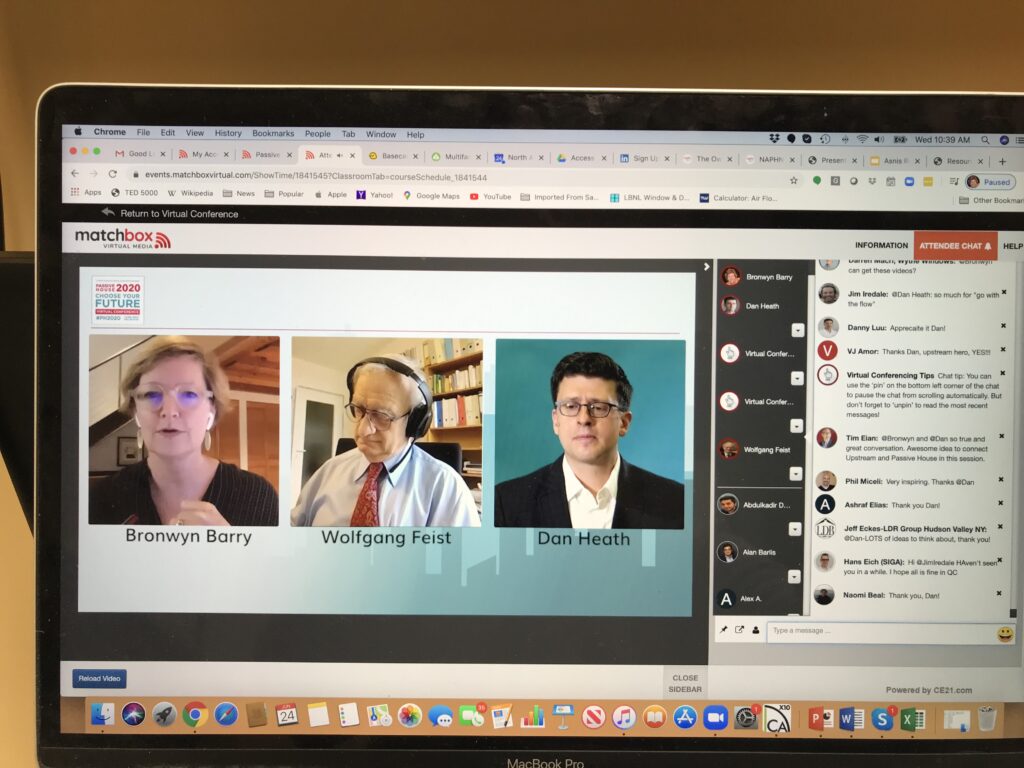
Can you tell us about some exciting upcoming events or projects in the NAPHN Community?
NAPHN has focused on being able to provide quality training across the US because we’d seen that this is difficult for the local affiliates to manage. On top of this core educational focus, NAPHN is committed to continuing to support intra-regional networking capacity via our annual conference. It’s become a fantastic gathering locus where we’ve facilitated the sharing of both local and international successes. These events make us collectively stronger, faster, and smarter. Plus, they’re always an enormous amount of fun – despite being an insane amount of hard work to pull off.
NAPHN has also used our conferences to drive other program initiatives. From 2015 to 2019 NAPHN quietly gathered our boldest and smartest policymakers, to connect them to each other, and to the most progressive implementers of high-performance buildings in their regions. This work in gathering policymakers at each conference has helped initiate the adoption of the Passive House Standard into various regional code frameworks. We still have a long way to go, but now we have a committed network of policymakers, connected to fellow policymakers across the continent, all now supporting (and competing with) each other. This wouldn’t have happened without the NAPHN.
Moving forward, NAPHN has plans to expand support to our nascent chapters. We’re also starting to nurture a continental network of Owners and Developers – starting with those who are already building or moving their portfolios to incorporate the international Passive House Standard. This is actively being supported at PH2020, this year’s virtual conference. I’m excited to see how we grow this new NAPH Network. It’s an exciting time to be on the board at NAPHN and I’m grateful to be surrounded by some wonderfully smart and committed fellow board members.
So having had experienced both west coast’s Passive House culture through PHCA and east coast Passive House culture through NAPHN, how would you compare the two. Are there differences in design?
There are always differences in regional design. The nuances are sometimes interesting, but what I find endlessly fascinating is not so much the differences, but the similarities. The universal unifier is the systems thinking approach required to deliver a successful Passive House project. This systems-thinking approach scales vertically too, from small to large projects. Being able to take this ‘meta’ perspective is where we can start shifting our industry and really access the levers of transformation that we currently aren’t engaging. This is what keeps driving me to continue our work at NAPHN.
It seems like you are involved in so many different projects and organisations. How do you find the time for it all?
Hmm… I think it’s mostly because I don’t have kids. (Seriously!) However, I’ve scaled back my work at PHCA and am no longer actively involved at an organisational management level. I still contribute to policy-related efforts here in California, as that is where I believe I can make the most effective contributions – and ones that can potentially have national ramifications. The bulk of my volunteer time is now devoted to NAPHN.
I continue to still run my own architectural practice, where I work exclusively on Passive House projects. I’m fortunate to have great clients who tolerate my advocacy distractions. I find that these real-world projects keep me grounded and provide an incredibly useful resource for my advocacy efforts. They provide me with a uniquely powerful perspective because I can speak to policymakers from a very pragmatic, ‘boots on the ground’ vantage point. Ultimately, the inflection point of implementation is where all policy has to function. Policymakers need our feedback loop!
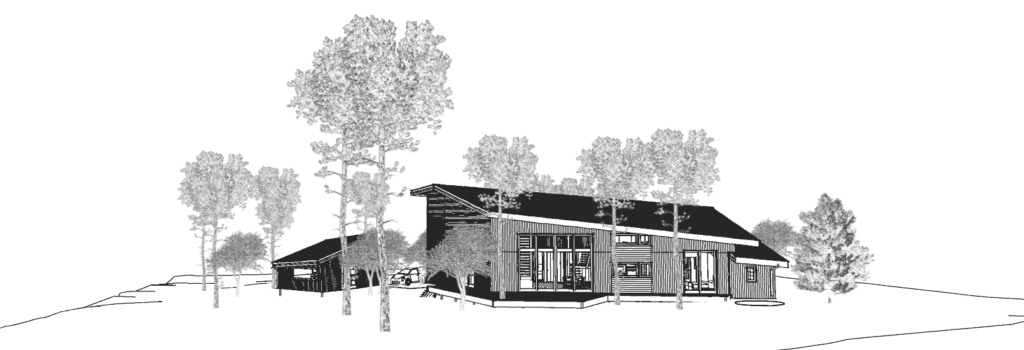
What has your experience working on Passive House projects and in the Passive House community been like?
I’m always inspired. These are the folks getting it done! Why waste a career working with anyone else?
What advice do you have for architects interested but unfamiliar with the Passive House Standard?
Get trained. Start your own high-performance building adventure. Don’t look back. And hurry!
What did you think of the interview? Let us know! If you liked this one, then maybe you would enjoy our previous interviews with Bethany Mercieca and Anne Vogt. Who do you think we should interview next?






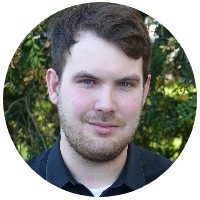 Carl supports our international communication activities and is the point of contact for administrative enquiries.
Carl supports our international communication activities and is the point of contact for administrative enquiries.